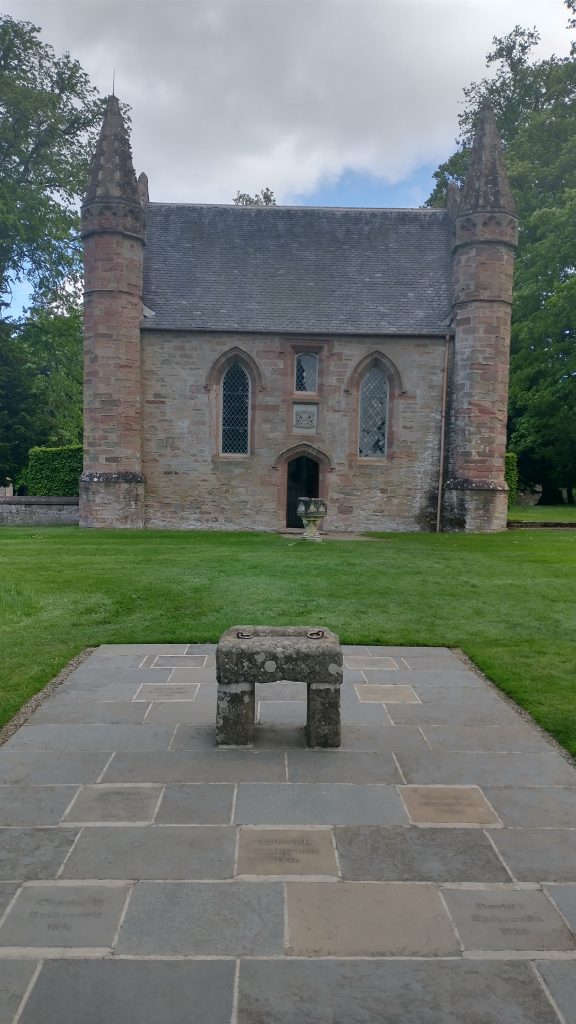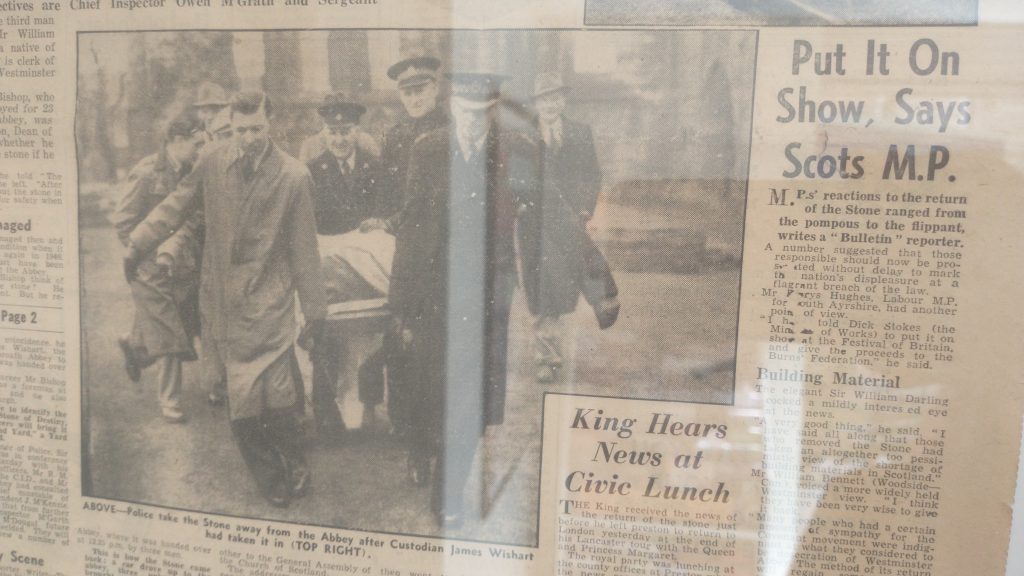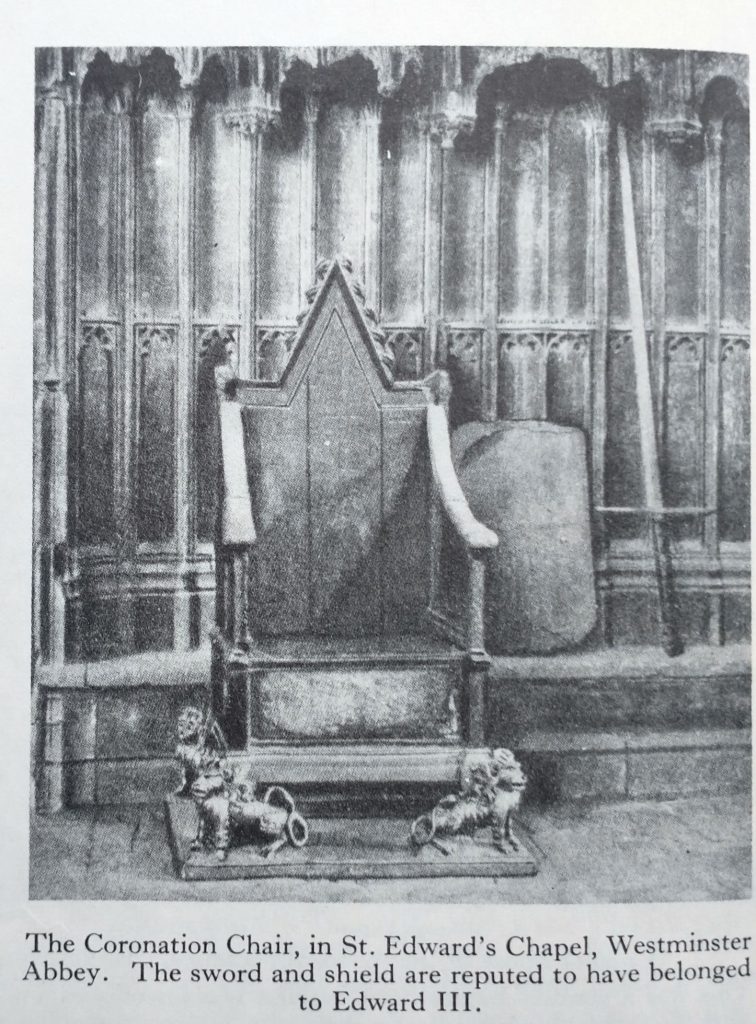
The Stone of Destiny is, today, on display again at the reopening of the redeveloped Perth Museum, in Scotland. This is near to its ‘original’ home at the Palace of Scone.
The Museums Association reports that it is a ‘£27m development project ….funded by £10m UK government investment from the £700m Tay Cities Deal and by Perth & Kinross Council, the museum is a transformation of Perth’s former city hall by architects Mecanoo.’
As well as the Stone of Destiny, the Museum has Bonnie Prince Charlie’s sword and a rare Jacobite wine glass, which are on public display for the first time. This is the first time the sword has been in Scotland since it was made in Perth in 1739. https://perthmuseum.co.uk/the-stone-of-destiny/
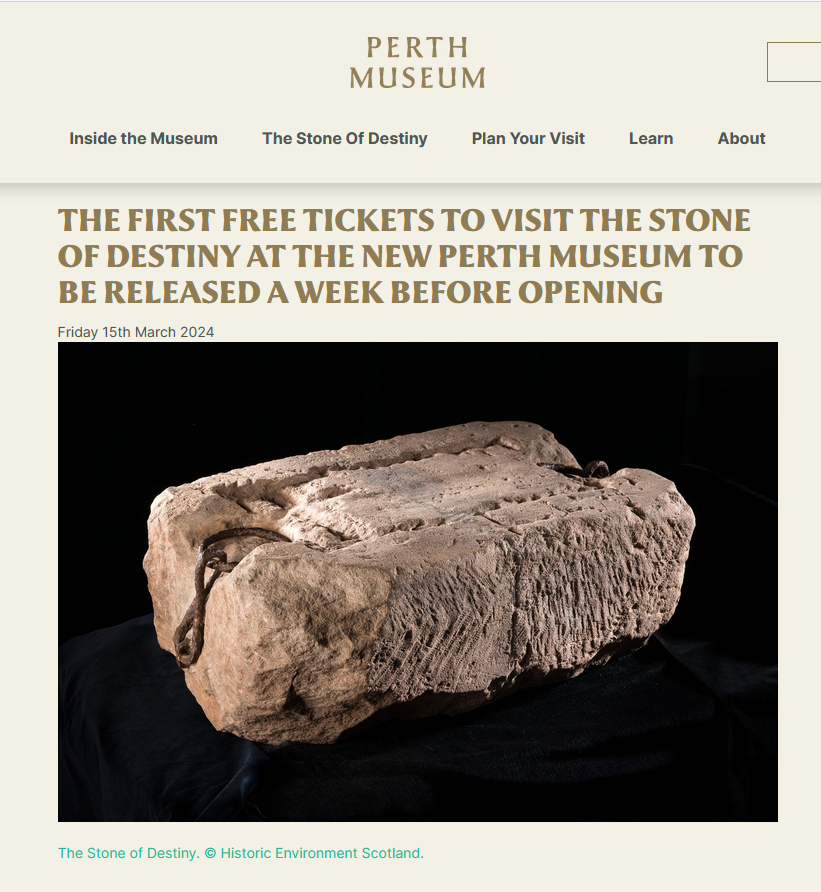
Before Perth, the Stone was in London under the Coronation Chair for the Coronation of King Charles III (6 May 2023) . Before that, it was on display at Edinburgh Castle after being sent back to Scotland by Blair’s Labour Government as a symbol of the devolution of power from Westminster to the restored Scottish Parliament in Edinburgh in November 1996. Before that, it was under the Coronation Chair from the time Edward I stole it (1296) from Scone as part of his attempted subjection of Scotland in the late 13th Century. So, virtual every English and British King has been crowned upon the Stone of Scone.
However, the Stone had a brief holiday in Scotland in 1950/51 after four Scottish students removed it from Westminster Abbey on Christmas Day 1950. After thee months, it turned up at the high altar of Arbroath Abbey. It was briefly in a Prison Cell, then returned to Westminster for the Coronation of Elizabeth II.
I’m guessing the-would-be liberators of the Stone, thought Arbroath was suitable, as the Declaration of Arbroath is the supreme declaration of Scottish Independence from England. Following the Battle of Bannockburn, and Robert Bruce’s leadership, the Scots wrote to the Pope of their commitment to Scotland as an independent nation. They said:
“As long as a hundred of us remain alive, never will we on any conditions be subjected to the lordship of the English. It is in truth not for glory, nor riches, nor honours that we are fighting, but for freedom alone, which no honest man gives up but with life itself”
The Pope agreed and Scotland remained independent until voluntarily joining England in the United Kingdom in 1714.
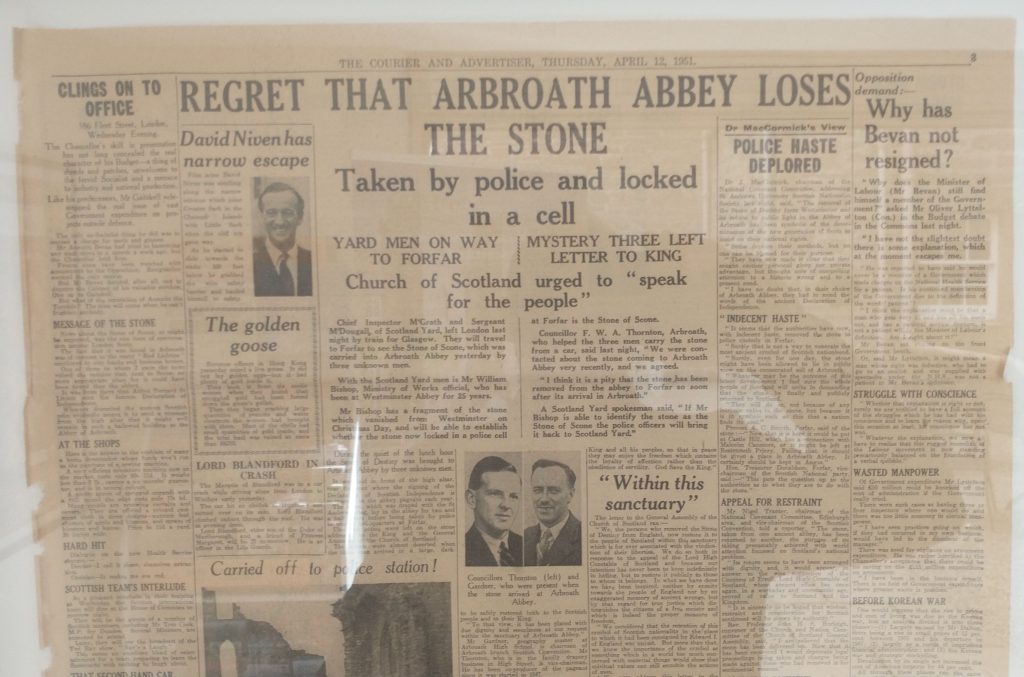
Before Edward 1 stole the Stone, it was at Scone Palace, upon which the Kings of Scotland were crowned, including Macbeth (August 14, 1040).
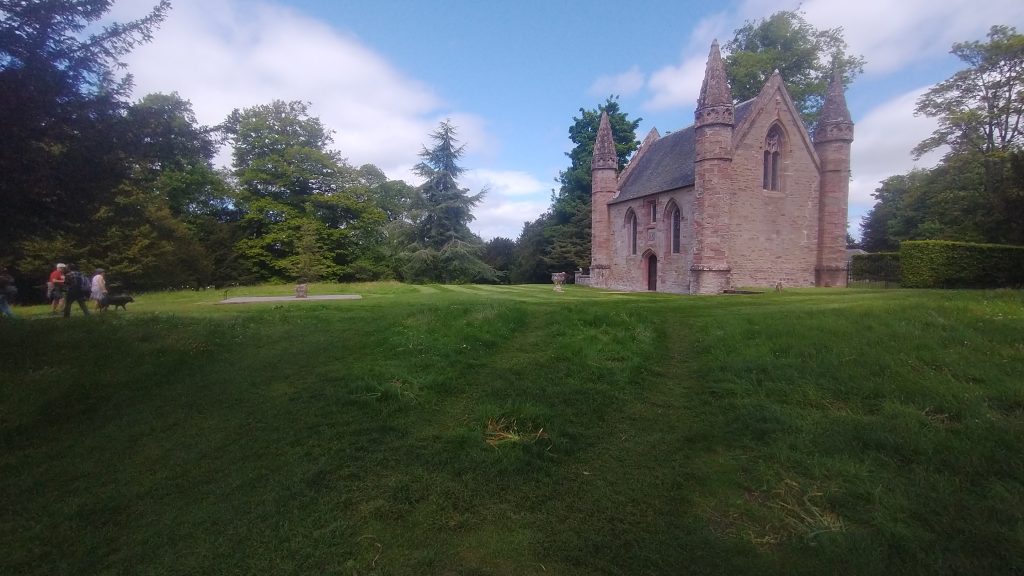
Those who attended the coronation traditionally shook their feet of all the earth they had brought from their homelands, and this over the centuries grew into Boot Hill, aka Moot Hill. So the mound represents the sacred land of Scotland. 42 Kings were crowned upon its soil on its Stone.
Before Scone, it was, possibly, in Argyllshire where the Gaelic Kings were crowned, Their most famous King was Kenneth MacAlpine and he united the Scots, Gaelic people originally from Ireland, the Picts, and the British into a new Kingdom which was called Alba, which became Scotland.
MacAlpine was the first king to be crowned on the Stone at Scone in 841 or so. He made Scone the capital of his new Kingdom because it was a famous Monastery associated with the Culdees who followed St Columba to Scotland. MacAlpine brought sacred relics from Iona to sanctify the new capital. And Scottish Kings were by tradition crowned at Scone and buried on the holy Island of Iona.
Before that, legend has it that the Scots bought the Stone from Ireland when they began to settle in Western Scotland (c500AD). The Scots, it is said, got the Stone from the Holy Land where Jacob lay his head on it and had a dream of Angels ascending and descending a ladder to Heaven. Jacob used the stone as a memorial, which was called Jacob’s Pillow (c1652 years BC).
But, questions about the Stone remain. Firstly, an angry Edward 1 failing to conquer the Scots makes a spiteful raid on Scone, but would the Monks meekly hand over the stone, or do they hide it and give him a fake?
Secondly, was the Stone brought to Scone from Western Scotland in the 9th Century?
These questions of doubt are based on the assumption that the Stone is made of the local Scone sandstone. If it were brought to Scone from somewhere else, it would be in a different type of stone, surely? So, either it was made in Scone, possibly for MacAlpine’s Coronation or the Monks fooled the English into taking a copy. So the English would then have been crowning their Monarchs on a forgery.
Ha! Silly English but then the Scots have spent £27m on the same forgery.
Historic Environment Scotland have recently undertaken a new analysis of the stone, which confirms: ‘the Stone as being indistinguishable from sandstones of the Scone Sandstone Formation, which outcrop in the area around Scone Palace, near Perth‘. It also found that different stone workers had worked on the stone in the past; that it bore traces of a plaster cast being made; that it had markings which have not yet been deciphered and had copper staining suggesting something copper or bronze was put on the top of it at some point in its history.
So it seems the Stone of Destiny was made in Scone.

